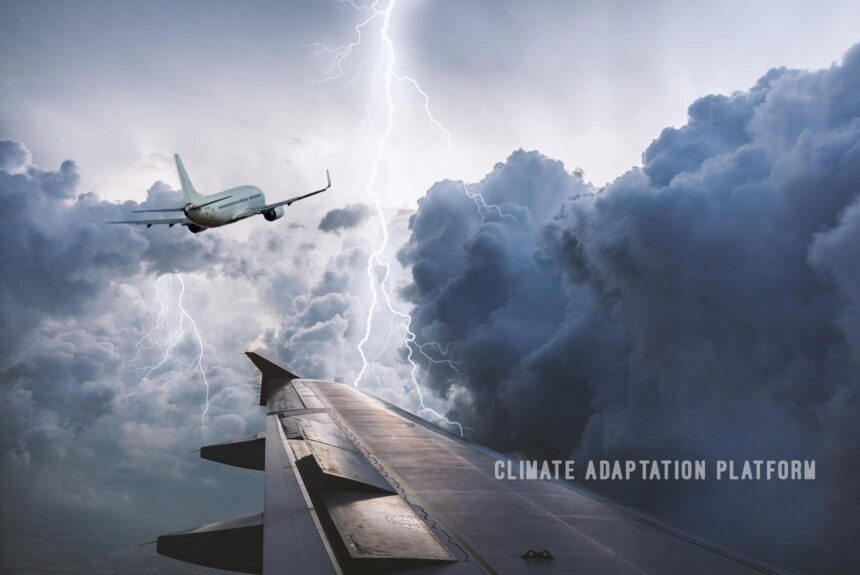For some of us who fear flying, the findings of a study from Reading University in the UK offer no consolation. On the contrary, the study finds that climate change is making flights worldwide bumpier.
The study, published in the Geophysical Research Letters journal, finds that a typical flight over the North Atlantic experience a 55% increase in severe turbulence from 17.7 hours in 1979 to 27.4 hours in 2020. Moderate turbulence increased by 37% from 70.0 to 96.1 hours, and light turbulence increased by 17% from 466.5 to 546.8 hours.
While pilots already know the locations where turbulence typically occurs, such as over the mountain ranges or within the area of a convective storm and hence are avoidable, clear air turbulence (CAT) is difficult to track using remote sensors and also challenging to forecast.
Authors predict that clear air turbulence (CAT), this invisible form of turbulence, will increase due to climate change because warmer air from GHG emissions changes windspeeds at high altitudes.
Analysing modern atmospheric data based on four decades of observations (1979–2020) and 21 different turbulence calculations to ensure that results are as reliable as possible, the authors find clear evidence of large CAT increases in various places around the world at aircraft cruising altitudes since satellites began observing the atmosphere.
Turbulence occurs when a plane flies through chaotic and unstable eddies or swirls of air clashing from opposite directions. Increased turbulence is also a result of changes in the windspeed of the jet stream, a strong wind system that blows west to east at five to seven above the earth’s surface due to the changes in temperatures between the poles and the equator.
As the poles rapidly warm due to climate change, the jet stream weakens and becomes wavier, creating more eddies or wind swirls and increasing flight turbulence.
“Following a decade of research showing that climate change will increase clear-air turbulence in the future, we now have evidence suggesting that the increase has already begun,” Prof Paul Williams, an atmospheric scientist at the University of Reading who co-authored the study, told the BBC.
“We should be investing in improved turbulence forecasting and detection systems to prevent the rougher air from translating into bumpier flights in the coming decades”, he adds.
Regarding the increases in turbulence, the authors say that the US and North Atlantic flights are on top of the list. However, routes over Europe, the Middle East and the South Atlantic are also seeing significant increases in turbulence.
Although turbulence does not lead to a plane crash, it could create panic and injuries to those on the flight. It also increases the wear and tear on an aircraft causing the industry between $150 to 500 million annually in the US alone.
Increased flight turbulence caused by climate change challenges passenger comfort, aviation efficiency, and aircraft maintenance.
It is essential that the industry adapt through research, improved forecasting and aircraft design, and implement climate mitigation efforts by reducing the industry’s GHG emissions, which are climate change’s leading cause.
Source:
Molloy, M. (2023, June 13). Flight turbulence increasing as planet heats up – study. BBC. Retrieved form https://www.bbc.com/news/science-environment-65844901
Prosser, M. C., Williams, P. D., Marlton, G. J., & Harrison, R. G. (2023). Evidence for large increases in clear-air turbulence over the past four decades. Geophysical Research Letters, 50, e2023GL103814. https://doi.org/10.1029/2023GL103814



Leave a Reply